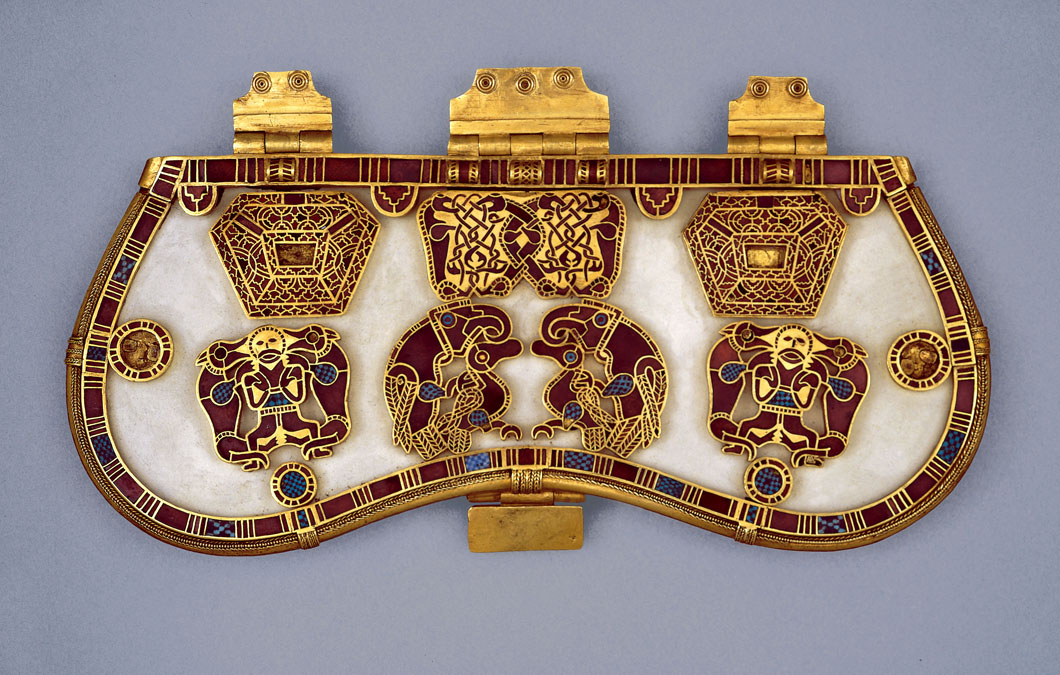
Artemisia Gentileschi was an Italian woman who was tremendously talented. She studied under her father, Orazio Gentileschi who had several commissions throughout Europe including the Santa Maria Maggiore in Florence. It is my opinion that her work was much better and rawer than her father's both technically and emotionally. Her subject matter, especially in her early years, was a reaction to her rape by her father's associate and fellow artist, Agostino Tassi, around 18 years of age. "Judith Beheading Holofarnes" is a magnificent example of this angst. He was also accused of stealing a painting of Artemisia's and charges were brought against him. Unfortunately, Artemisia was the one who suffered as she was the one who was truly on trial and had to prove the rape while being subjected to torture methods and very violating and public examinations to determine rather or not she was still a virtuous woman. Tassi was convicted but never served time. Artemisia was married off to Pierantonio Stiattesi, a Florentine artist. In Florence she enjoyed the patronage of the Medici family and became the first woman artist admitted to the Academia di Arte del Disegno, a MAJOR accomplishment for a female artist in this time. Artemisia developed a lifelong, close friendship with Galileo while in Florence and was invited to paint a ceiling panel of the gallery of paintings by Michelangelo Buonarroti the younger, the nephew of the infamous Michelangelo. Artemisia moved back to Rome in search of lucrative commissions with which to support her two daughters and not finding the situation as lucrative as she had hoped, she went to Venice. She died in Naples in 1652 having left behind an amazing legacy.



